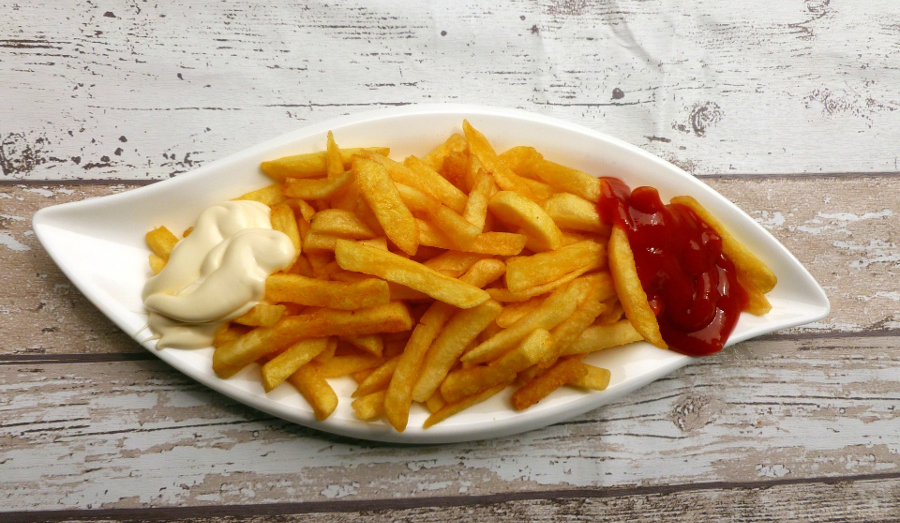Earlier this year the focus on US agriculture seemed to be on corn and soybeans. Wet weather and flooding throughout much of the Midwest meant that farmers were late to get their corn into the ground, if at all. And they couldn’t fall back on planting soybeans either, as the trade war with China has meant plummeting soybean prices in the US. Now we’re finding out that it isn’t just corn and soybeans that have been affected by cold, wet weather.
Reports coming from the northern US and Canada indicate that this year’s potato harvest has been negatively affected as well. US authorities are expecting potato production in the US to fall at least 6% from last year, to the lowest levels seen in nearly a decade. Not only has cold weather meant a poor potato harvest, it has also meant that the quality of potatoes harvested this year has suffered too. The poor weather has meant many smaller potatoes, thus decreasing the number of potatoes that can be made into french fries.
All across the world it seems that weather and disease are combining to drive up food prices. Whether it’s corn and potatoes in the US or pigs in China, it seems like there’s no end in sight to the relentless rise in food prices. And that’s on top of the rise in prices that comes about due to loose monetary policy. The average 40-year-old has seen food prices triple in his lifetime, and they’ll likely triple again over the next 40 years. Bad weather and disease just add fuel to the fire.
While most households can probably take a small hit to their budgets as a result of rising food prices, many can’t. And when prices rise across the board on everything from bread to meat to vegetables, households have to hope that they get some relief at some point.
This article was originally posted on Red Tea News.





